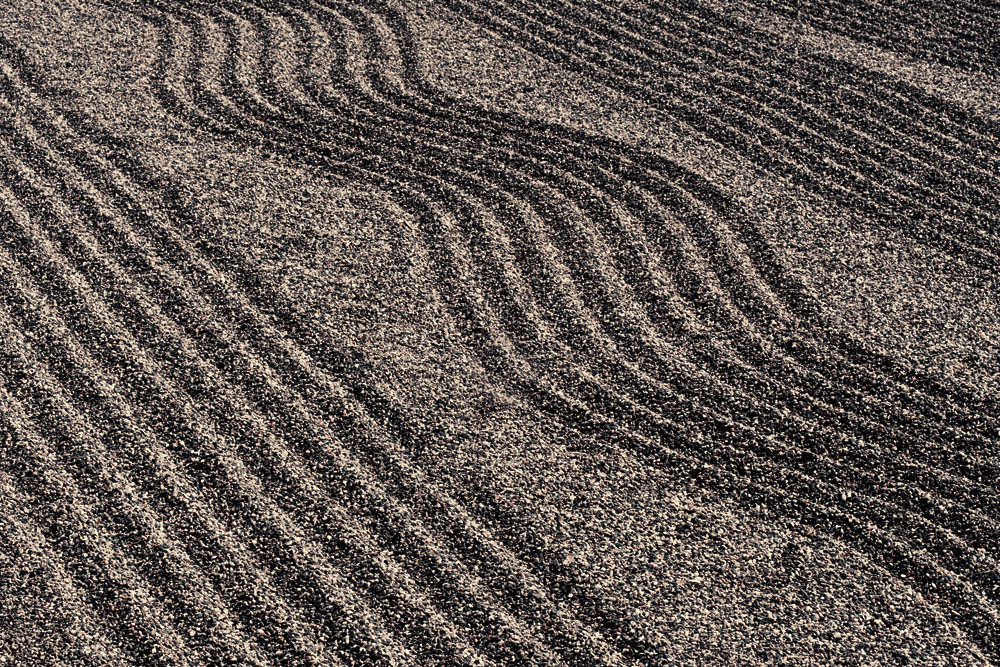When working in the aggregate industry, it’s important that you have a solid understanding of the finer details of sand. While all of them may look similar at first glance, in reality, there are different sand types that are suitable for different applications. Two of the most common sand types used in the aggregate industry are washed sand and silica sand. In this article, we’ll be discussing the differences between the two and find out their specific uses.
What is washed sand?
As the name suggests, washed sand is a variety of sand that’s washed with water to remove dust, clay, salt, and silt. They’re usually classified according to the size of their granules which are; coarse, medium, fine, and ultra-fine. Washed sand comes in many different types and we’ll take a look at the most commonly used ones down below.
-
- Concrete sand – Concrete sand is a type of washed sand that is mined from the ground. From there, the sand is screened and washed to remove fine silt and other contaminants. Concrete sand is mainly used for asphalt and concrete applications and is made into actual concrete by mixing it with cement and water.
Once mixed, it is ready to be poured and smoothened before any finishing touches are applied. Asphalt is made in pretty much the same way but is heated to remove excess moisture before being mixed with crushed stone and coated with asphalt. - Masonry sand – Masonry sand undergoes through the same process concrete sand does, with the only difference being the former sifted through a finer screen. This ensures the grains are as similar as possible. Masonry sand is usually made into mortar to bind building blocks and seal irregular gaps.To create a mortar from masonry sand, the sand is mixed with water and cement. This creates a binding agent that’s suitable for not only fortifying building materials, but also adding decorative patterns to masonry walls.
- White sand – If you want an aesthetically pleasing landscape, then using white sand is a great choice. White sand looks beautiful on golf courses, sand traps, volleyball courts, and even inland beaches that are situated in lakes. Its soft texture and bright, white colour are a result of using limestoneBecause of its unique texture and colour, white sand is quite difficult to source and may need to be imported from states that are abundant with it.
- Concrete sand – Concrete sand is a type of washed sand that is mined from the ground. From there, the sand is screened and washed to remove fine silt and other contaminants. Concrete sand is mainly used for asphalt and concrete applications and is made into actual concrete by mixing it with cement and water.
What is silica sand?
Silica sand is a type of sand that contains granules of quartz. Quartz comes in a wide range of varieties ranging from different colours and microstructures. Silica sand is also composed of other fine particles like rocks and minerals. The difference between silica sand and washed sand is the latter is processed and the former isn’t.. There are plenty of applications for silica sand and here are its most common uses:
-
-
- Glassmaking – Silica sand is a major component in almost all types of glass, whether it be standard or specialty-type glasses. From flat glasses in buildings to container glass for foods and beverages, silica sand is used in many glassmaking procedures. Silica glass provides the important silicon dioxide component of glass formulation, and it’s chemical purity is what determines the colour, strength, and clarity of the glass.
- Construction – Whole grain silica is used in plenty of applications in the construction industry such as flooring compounds, specialty cements, mortars, and even asphalt mixtures. Ground silica acts as a functional extender to improve durability and anti-corrosion properties in sealants, caulks, and epoxy-based products.
-
- Metal production – Silica sand plays a crucial role in producing ferrous and non-ferrous metals. In metal production, silica sand makes slags more reactive and efficient by lowering its viscosity and melting point. Ferroalloys are essential for producing specialty steel, and industrial sand is used for grain refinement and de-oxidation. Lump silica is used on its own or in conjunction with lime to achieve the required base/acid ratio for refining metals.
-
- Water filtering – Silica sand is often used in filtering drinking water and wastewater processing. Grain shapes that are uniform in size allow for an efficient filtration bed that removes contaminants both in potable water and wastewater. Since silica is chemically inert, it will not degrade or react when it comes in contact with contaminants, acids, solvents, and volatile organics.
-
As you can see, there are plenty of differences between washed sand and silica sand. These sands are heavily relied on by the aggregate industry for masonry work, landscape projects, and more. It’s important that you use the right sand type for your specific application in order to achieve the best results. Hopefully, with this article, you’ll be able to differentiate washed sand and silica sand and determine the correct sand for your next project.


